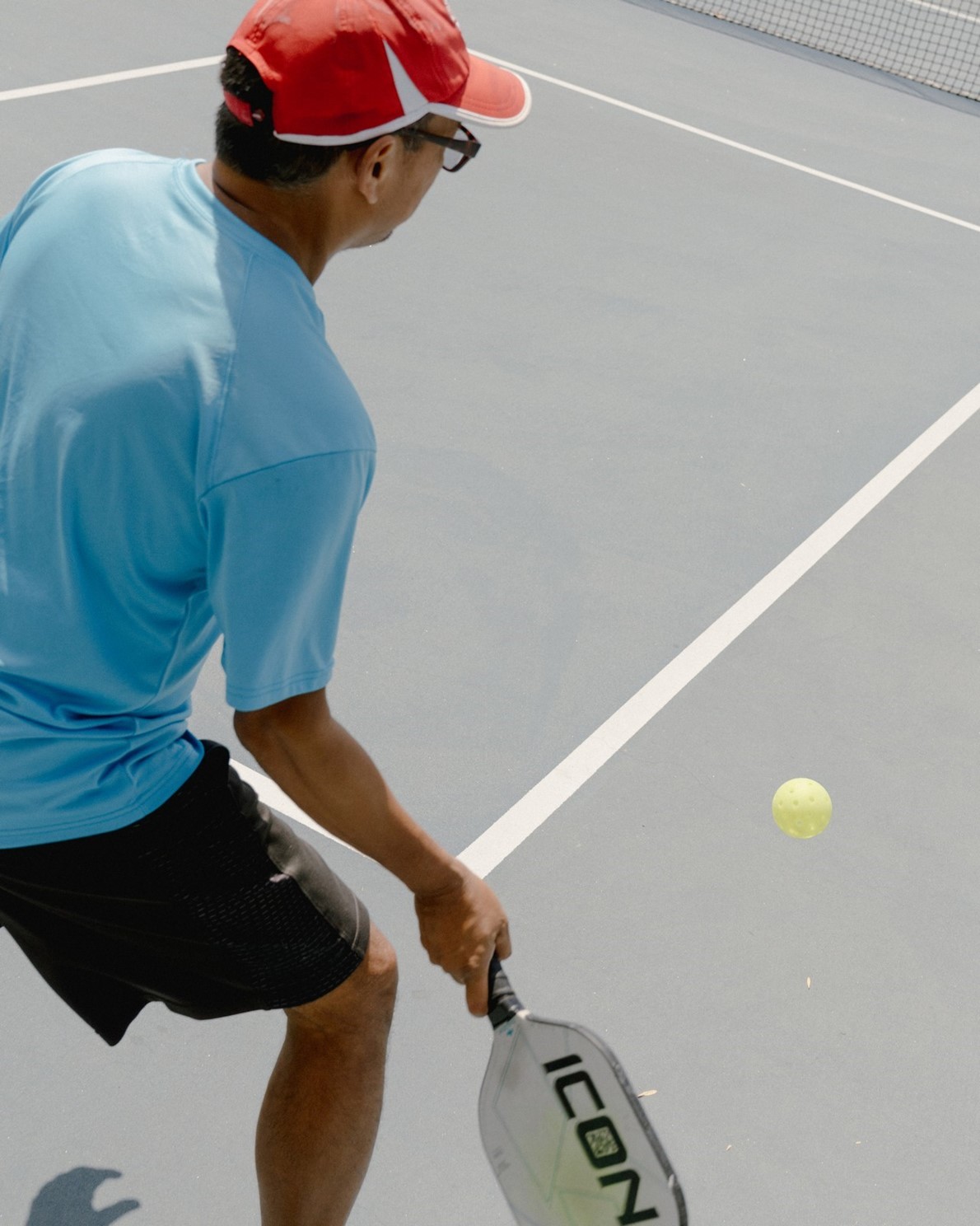Now that their son is grown and their
water-loving Labrador retriever has passed away, Kristen Miller and her
husband, Scott Miller, have decided to fill in their San Diego swimming pool.
“No one uses it, there’s a drought, and we’re in our 60s,” she said. “We
decided YOLO, like the kids say. We’re going to put in a fricking pickleball
court.”
اضافة اعلان
Kristen Miller is one of more than 4.8 million
pickleball players, or “picklers,” in the
US, according to a 2022 report from
the Sports & Fitness Industry Association. Pickleball, often described as a
combination of tennis, Ping-Pong, and badminton, grew nearly 40 percent between
2019 and 2021, making it America’s fastest-growing sport.
A college tennis player, Miller picked up pickleball
two years ago after a friend needed to round out a foursome. Now she plays
twice a week and hopes to play even more once her backyard court is complete.
“We know if we have people over and we have paddles, everyone can go out and
hit the ball,” she said. “Not everyone’s going to put a swimsuit on at 60.”
The sport has trended older in the past — half of
all serious pickleball players (those who play eight or more times a year) in
2021 were 55 and older, according to the USA Pickleball Association. But the
vast majority of casual players are younger than 55, and the fastest-growing
segment of all pickleball players are younger than 24.

How is the sport able to appeal to both retirees and
younger devotees? And regardless of your age, can you actually work up a sweat?
Here’s what the experts say.
Most
anyone can play
Many racket sports have a
steep learning curve, even at the beginner level. “In tennis, the balls are all
over the place,” said Ernie Medina Jr, an assistant professor of public health
at Loma Linda University and pickleball coach who was introduced to the game in
2016 by his mother.
“In pickleball, you’re hitting a plastic Wiffle-like
ball, so it’s less bouncy and does not fly as fast through the air,” Medina
said. “And the paddle is much easier to handle because it’s shorter and lighter
than a tennis racket.” You also serve underhand in pickleball, and underhand
serves are easier to hit and return.
Besides being easier to learn than tennis,
pickleball is also slower paced, and there is less ground to cover; you could
almost fit four pickleball courts onto one tennis court, and most picklers play
doubles. Some research suggests that it may be safer than tennis for people
with heart issues, too.
“Because the paddle’s so small, pickleball is great
for hand-eye coordination as well as neuromuscular coordination,” said Heather
Milton, a clinical exercise physiologist at the Sports Performance Center at
NYU Langone Health. “You’re moving in different planes, not just forward like
you do when you’re walking or cycling, which is good for your agility. And
because there’s rotation involved, you’re working your core along with your
upper and lower extremities.”
Players can get sprains and rotator cuff pain, among
other injuries. To prevent injury, players should do a pregame warm-up, keep a
wide ready position stance during the game, avoid backpedaling to return a shot
sailing overhead, and wear shoes designed for lateral movement.
As for accessibility, pickleball can be played
standing or in wheelchairs, indoors or out. There are more than 38,000 indoor
and outdoor courts in the US To find one, use the Pickleball+ app, or put your
ZIP code into the USA Pickleball Association’s court locator website. You can
even use sidewalk chalk or painter’s tape to make your own court in a driveway
or cul-de-sac — Medina once set up a court in the hallway of a conference
venue. Then roll in a portable net. A USAPA-approved set of two paddles and
four balls costs about $60.
It’s
a good workout (no, really)
Yes, pickleball has a low
barrier to entry. But that does not mean it is a walk in the park.
In one of the few
studies that has been done on pickleball, researchers found that compared with
walking at a self-selected pace for half an hour, people who played doubles
pickleball for half an hour had 14 percent higher heart rates and burned 36
percent more calories. Another study from Western Colorado University found
that picklers averaged a heart rate of 109 beats per minute and burned 354
calories per hour, which qualifies it as a moderate-intensity workout alongside
hiking, yoga, and water aerobics. The players also saw significant improvements
in their cholesterol levels, blood pressure and maximal oxygen uptake, a
measure of cardiovascular fitness, after playing for an hour every other day
for six weeks.
Read more Odd and Bizarre
Jordan News



